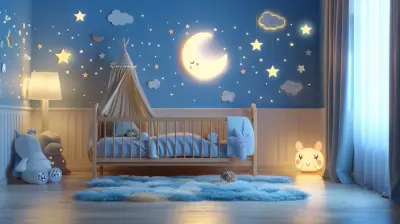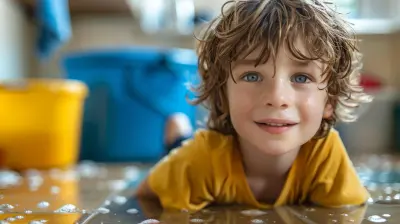The Role of Art in Preschool Education
24 June 2025
Art isn’t just about painting pretty pictures or crafting cute little projects with glitter and glue—though we all secretly love a good glitter explosion! When it comes to preschool education, art plays a much bigger role than many people realize. It's like a magic key that unlocks a child's creativity, confidence, and even early academic skills.
In this article, we’ll dive into why art is so important in preschool, how it helps little ones grow, and why we, as parents and educators, should encourage those finger-painted masterpieces (even if they leave a mess behind!). 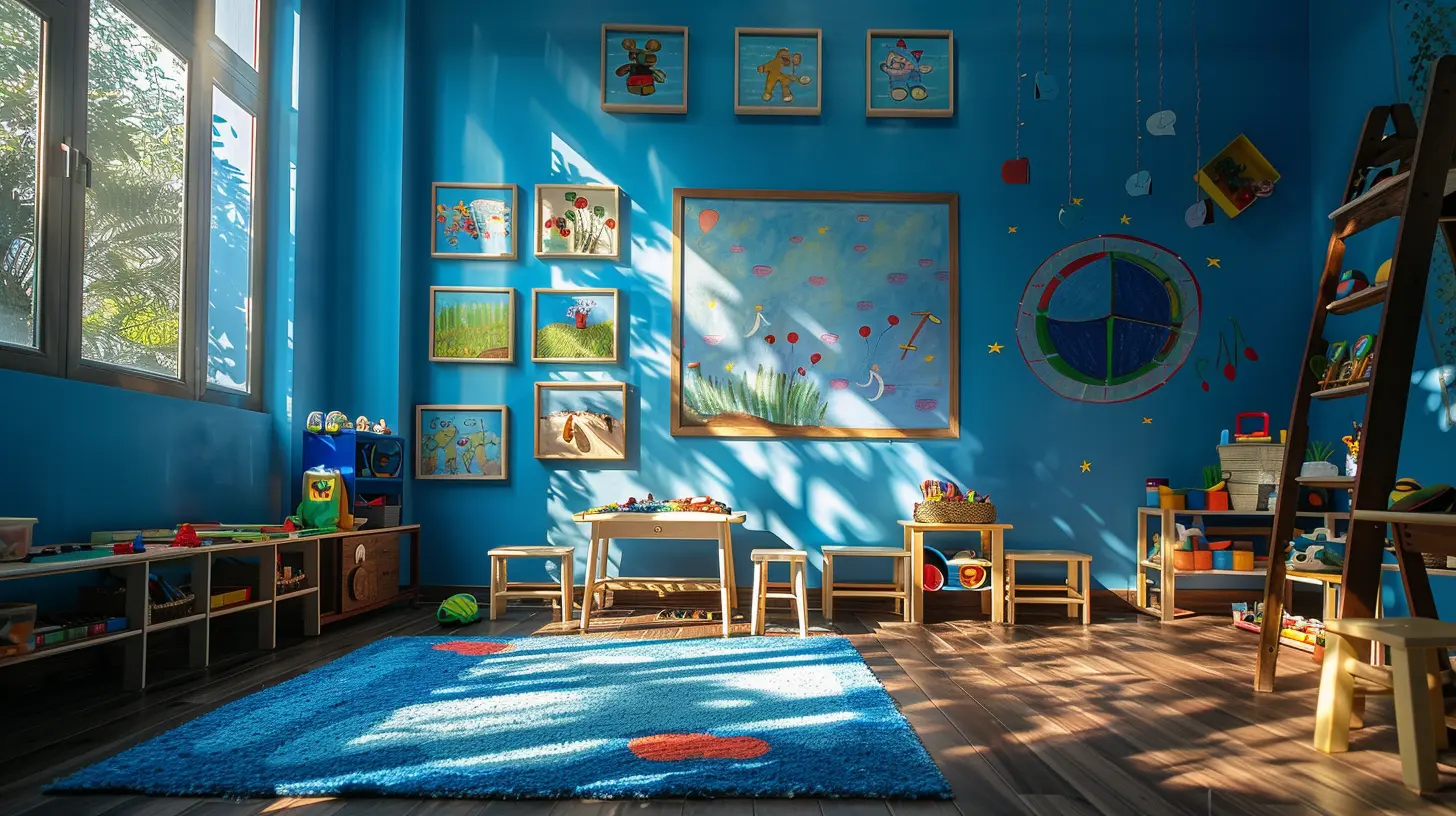
Why Art Matters in Preschool
Think of a preschooler with a box of crayons. To an adult, they might just be scribbling, but in reality, they are learning. Art provides a foundation for many essential life skills, from problem-solving to communication. It helps children express feelings they may not yet have words for and fosters a sense of accomplishment.But that’s just the beginning. Let’s break it down further. 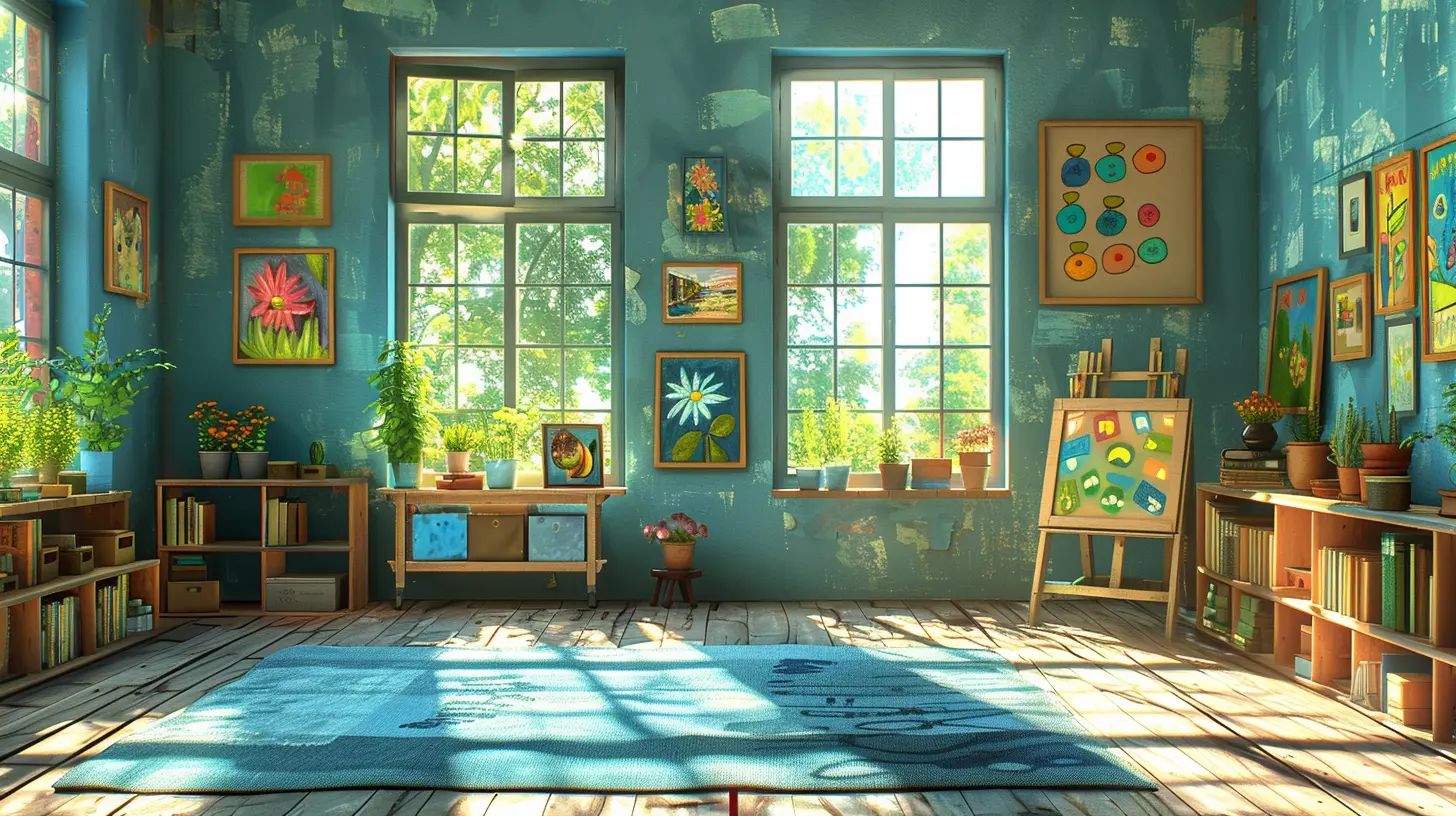
1. Boosting Creativity and Imagination
Preschoolers have a natural curiosity about the world, and art gives them a way to explore it. When they pick up a paintbrush or mold clay into shapes, they’re not just making “art” — they’re expressing how they see the world.Imagine a child drawing a purple sun - it may not be what we expect, but in their little world, maybe the sun really does shine purple. That kind of creative thinking is crucial for problem-solving later in life. It teaches children that there isn't always just one "right" answer—a valuable lesson for the real world. 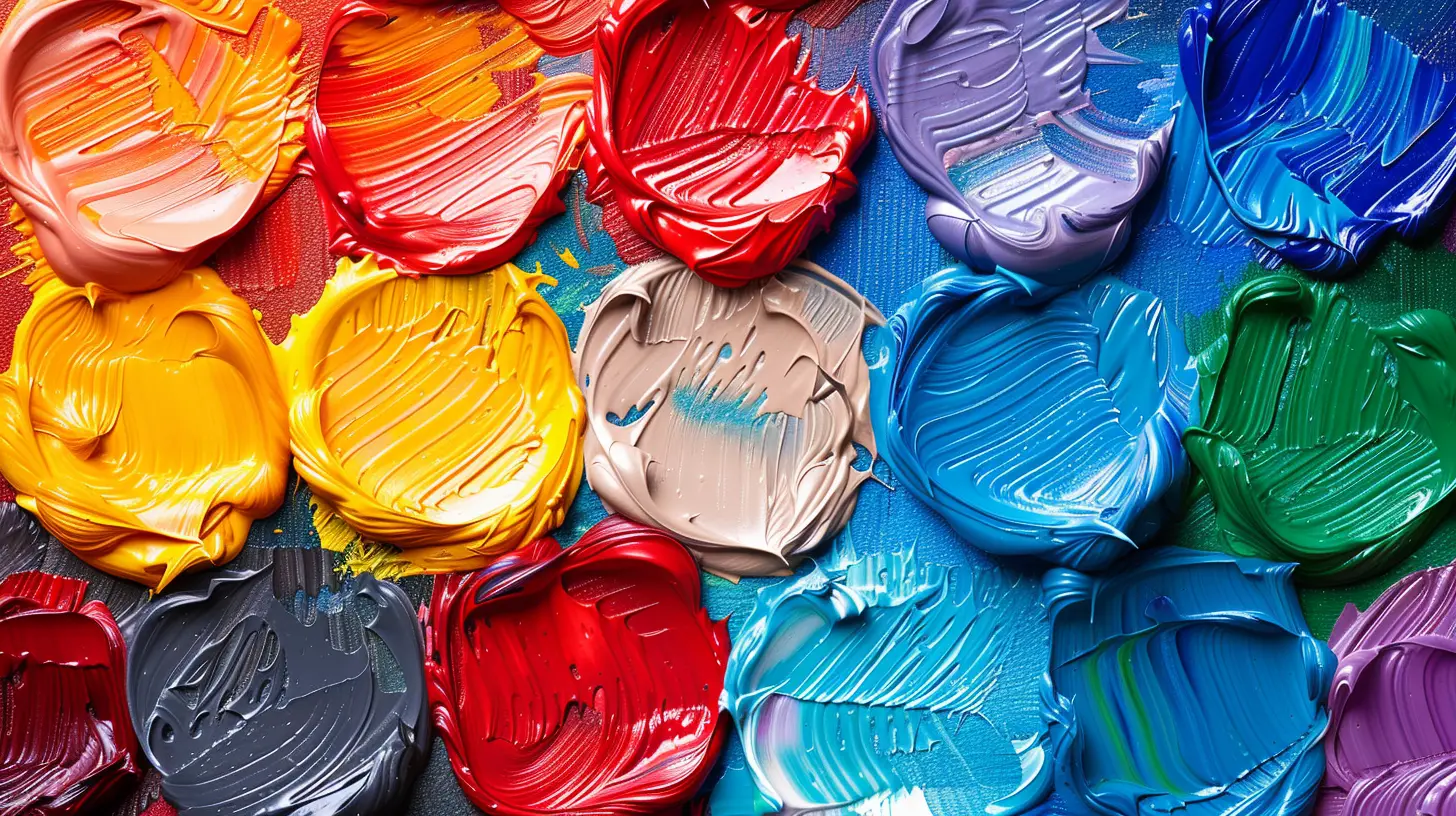
2. Developing Fine Motor Skills
Remember when your toddler first tried using a spoon and made a bigger mess than they managed to eat? That’s fine motor skills in action!Activities like coloring, cutting with scissors, gluing, and painting help strengthen those tiny muscles in their hands and fingers. This improved dexterity will later help them with writing, buttoning their shirts, or even tying their shoes.
And let’s be honest—watching a preschooler concentrate on cutting paper with safety scissors is as entertaining as watching a cat chase a laser pointer! 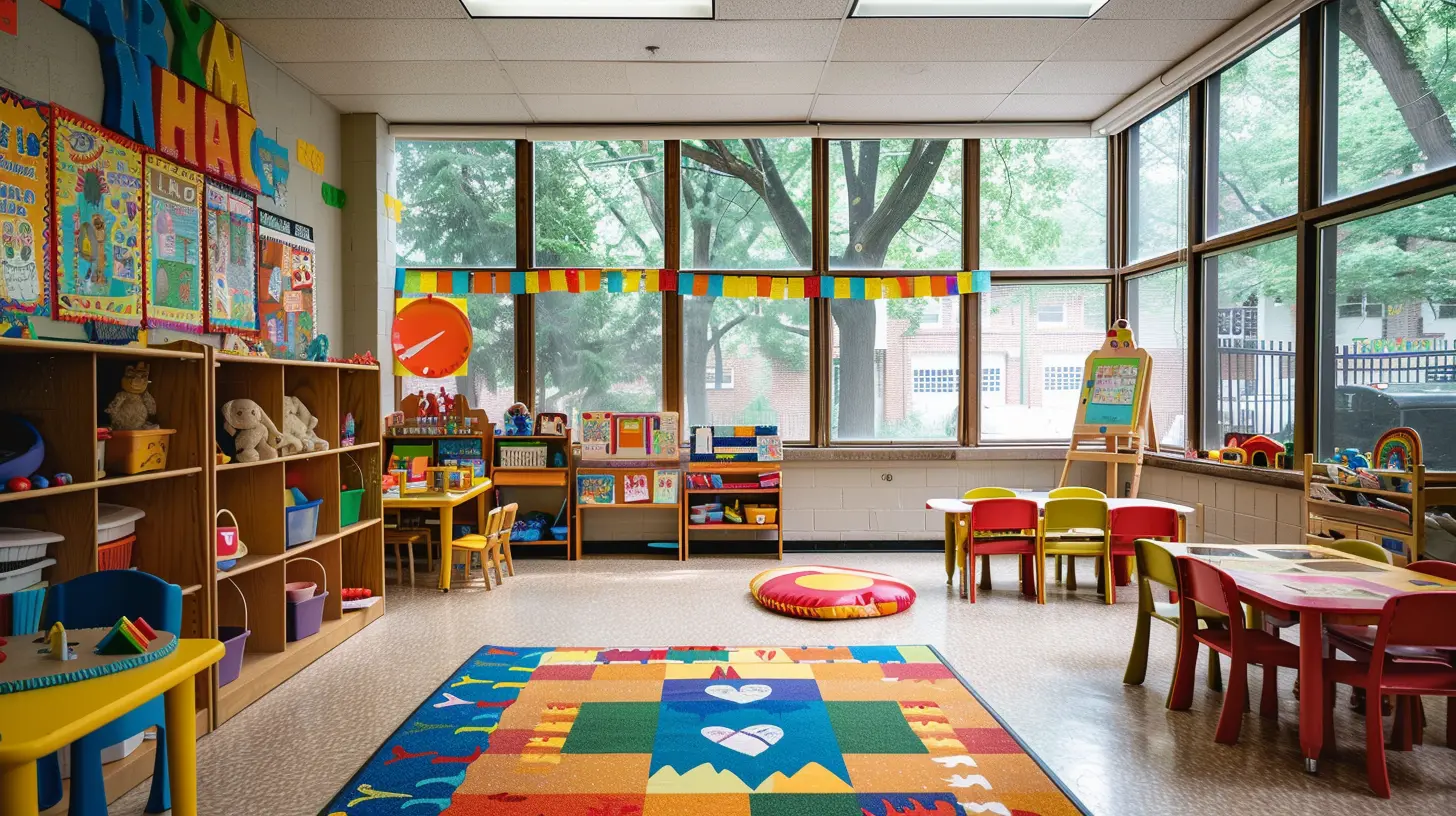
3. Encouraging Emotional Expression
Ever had a rough day and just wanted to scribble furiously on a piece of paper? Preschoolers feel the same way!Art gives them an emotional outlet when words fail them. A child who might not yet have the vocabulary to say, "Mom, I'm upset," can show it through dark, messy scribbles or an intense drawing. Likewise, a bright, colorful picture might mean they’re feeling cheerful and excited.
So, next time your little one hands you a drawing, take a moment to really look at it—it might be telling you more than just “here’s a pretty picture for the fridge.”
4. Helping with Early Literacy and Cognitive Development
Would you believe that finger-painting could help with reading later on? Sounds like magic, right?When kids engage in activities like drawing shapes, patterns, or even attempting to “write” their names, they’re building the foundation for reading and writing. Learning to recognize and recreate patterns through art can strengthen their ability to identify letters and words.
Plus, discussing their masterpieces helps build their vocabulary. When they proudly explain their drawing (“This is a unicorn spaceship!”), they’re practicing storytelling—a skill that is essential for reading comprehension later on.
5. Building Confidence and a Sense of Achievement
Ever seen a preschooler light up when they complete a craft project? That sense of pride is priceless.Art gives children the confidence to try new things, make mistakes, and experiment with different ideas. There’s no “wrong” way to create art, and that freedom to explore helps build resilience.
When they proudly hold up a drawing and say, “Look what I made!”—it’s not just about the art. It’s about learning to believe in themselves.
6. Encouraging Social Skills and Collaboration
Art isn’t always a solo activity. Have you ever seen a group of preschoolers working on a giant mural together? It’s pure chaos—but also amazing teamwork in action.When kids create art in a group, they learn to share supplies, take turns, and collaborate on ideas. They also develop important social skills like patience (“I’ll wait for the blue crayon”) and communication (“Can you help me glue this?”).
Art can even help shy kids come out of their shells. Sometimes, drawing or painting side by side feels less intimidating than trying to start a conversation face-to-face.
7. Reducing Stress and Anxiety
Life can be overwhelming—even for little ones. Preschoolers might not have bills to pay or meetings to attend, but they still experience stress. Art provides a natural way for kids to relax and unwind.Whether it’s doodling, painting, or sculpting with Play-Doh, engaging in creative activities helps children feel calm and focused. It’s like a mini-therapy session—without the hefty price tag!
How Parents and Teachers Can Support Art in Preschool
Now that we know how powerful art can be for preschoolers, how can we encourage it?1. Provide a Variety of Materials
You don’t need fancy art supplies—just simple tools like crayons, markers, playdough, and recycled materials. The more options kids have, the more they can explore.2. Focus on the Process, Not the Product
It’s not about making a Pinterest-perfect craft. Let kids experiment, get messy, and create freely without worrying about the end result.3. Encourage Open-Ended Art Activities
Instead of giving strict instructions (“Make a red house with a blue roof”), let kids decide what they want to create. Open-ended activities boost creativity and problem-solving skills.4. Display Their Artwork Proudly
Nothing boosts confidence like seeing their masterpiece displayed on the fridge or wall. It tells them their creativity is valued.5. Avoid Too Much Criticism
There’s no “wrong” way to create art. Instead of saying, “That doesn’t look like a dog,” ask open-ended questions like, “Tell me about your drawing!”Final Thoughts
Art in preschool education isn’t just about keeping kids busy—it’s a powerful tool for growth, learning, and emotional expression. Whether it's finger-painting, crafting, or just good old-fashioned coloring, these activities help shape a child’s cognitive and social skills in ways we might not even realize.So next time your little one hands you a scribbled drawing with an enormous smile, embrace the creativity behind it. Who knows? That wild masterpiece might just be the beginning of a future artist, engineer, or imaginative problem-solver.
And if a little mess comes with it? Well, that’s just part of the fun!
all images in this post were generated using AI tools
Category:
Parenting PreschoolAuthor:

Maya Underwood
Discussion
rate this article
2 comments
Zevan Larsen
Creativity fosters early development!
November 12, 2025 at 5:00 AM

Maya Underwood
Absolutely! Creativity through art enhances cognitive, social, and emotional development in preschoolers, laying a strong foundation for their future learning.
Solenne McKellar
Art fosters creativity and self-expression in preschoolers, laying the foundation for lifelong learning. By integrating art into early education, we nurture their imaginations and boost their confidence. Let's celebrate these vibrant little artists as they explore the world through their colorful creations!
June 25, 2025 at 4:29 AM

Maya Underwood
Thank you for highlighting the vital role of art in early education! It truly enriches preschoolers' development and inspires their creative journey.
